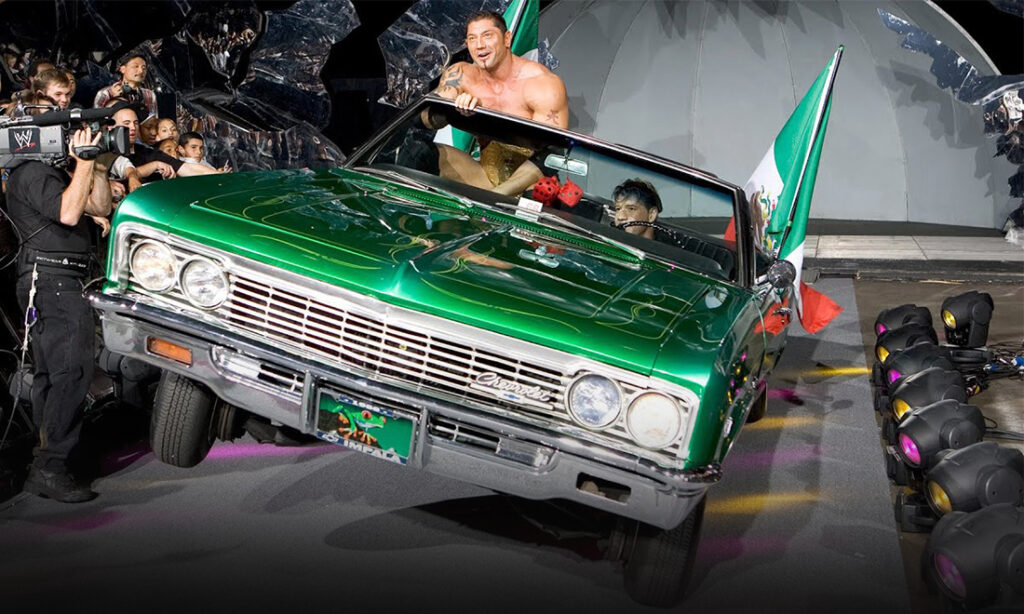Ford vs Ferrari History: What You Need To Know
The history behind the new Ford vs Ferrari film and its take on the legendary feud and the showdown in 1966 at the 24 hours of Le Mans.
Le Mans Rivalry Gets the Silver Screen Treatment
Larger than life characters, heroes prevailing against all odds, highly bankable movie stars playing rough-around-the-edges-yet-endearing rascals. These are what blockbusters are made of. Ford v Ferrari chronicles Henry Ford II’s quest to beat Ferrari at the 24 hours of Le Mans in the late ‘60s, a legendary showdown in auto racing history. Matt Damon and Christian Bale star in this James Mangold directed film (Walk the Line and Wolverine).
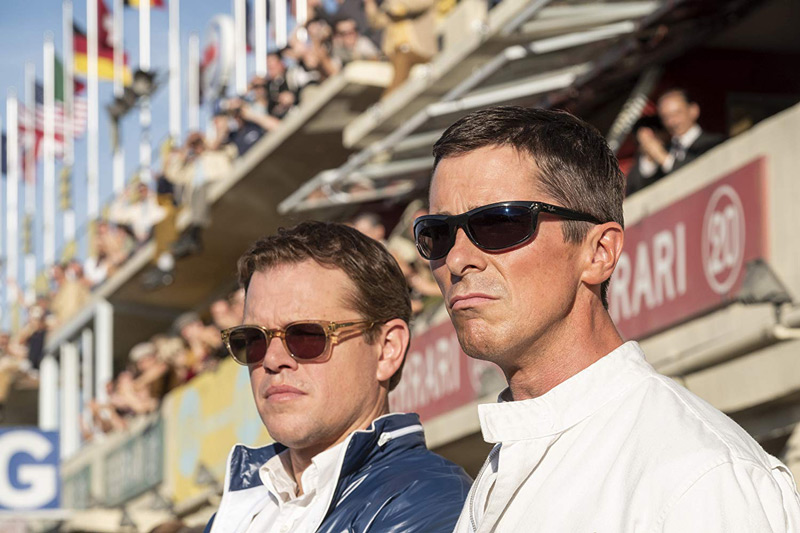
The movie, set for a November 13th release, intends to capture both the drama of the racetrack and the boardroom as Carrol Shelby (played by Damon) fights a two-front war with Ford executives and Ferrari’s champion race team. Judging by the trailer, Ford v Ferrari looks like another Oscar nod may be in the offing for Bale. His portrayal of British racer Ken Miles combines steely-eyed daredevil cool with endearing family man pathos.
Those with a knowledge of racing history are more amped than OG fans of the Newsies for Ford v Ferrari. That’s because the real-life story on which the film is based was almost as dramatic as Hollywood would have you believe. And it all started with an innocent little attempt at an acquisition/merger.
Ford’s Grudge Against Ferrari
In the early 1960s, Henry Ford II (grandson to Henry Ford) set his sights on acquiring the legendary Italian sports car maker Ferrari. The initial proposal would see Ford buyout Ferrari in exchange for Ferrari’s racing expertise.
First a bit of background. The AMA (Automobile Manufacturers of America) had in 1957 forbid American car makers from participating in motor sports following some well-publicized racing accidents. While Ford’s general manager Robert McNamara (yes, that Robert McNamara) had strictly followed the letter of the agreement, Chevy, Pontiac, and Oldsmobile had quietly pressed ahead in developing fast, large engine cars. By the time a more forward-looking Lee Iacocca took the reins at Ford, the sentiment at the company was already shifting. In June of 1962, Henry Ford II took off the kid gloves, proclaiming that since other car companies weren’t abiding by the spirit of the agreement, the AMA “has come to neither purpose nor effect” and Ford was again returning to racing.
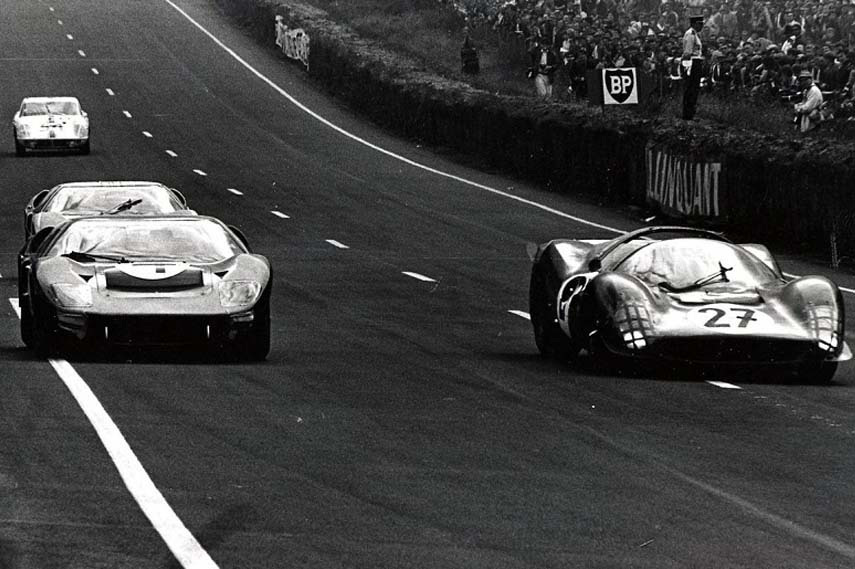
It’s also important to mention that racing and vehicle performance was a significant factor in the minds of the car buying public. Racing bragging rights mattered to the bottom line of manufacturers and were a huge boon to marketers and salesmen alike. We can see this playing out today with the back and forth between Tesla and Porsche for the best EV sedan time on the Nürburgring.
So, in order to get a jumpstart back into racing Ford approached Ferrari in 1963 about the above-mentioned acquisition. After some early positive talks, negotiations hit a snag over the fate of Ferrari’s Scuderia Ferrari racing division. Ford had assumed that control of the racing division would naturally pass hands as part of the larger deal, but Enzo Ferrari balked at the idea and walked. This didn’t mean the end to Ford’s racing ambitions, however. And the rebuffed Henry Ford II wasn’t just determined to forge ahead, he also intended to extract some payback for Ferrari’s cold shoulder.
The GT and 24 Hours at Le Mans
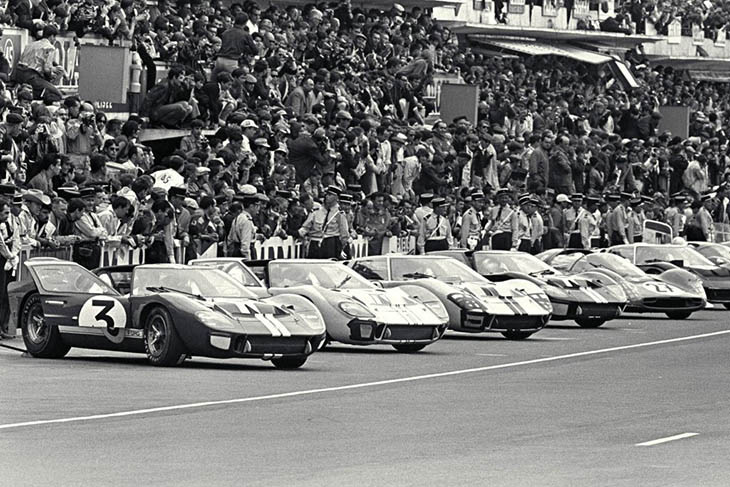
Ford set its sights on Europe’s (and arguably the world’s) most prestigious auto race, the 24 hours of Le Mans. In the early ‘60s, Ferrari had been a dominant force at Le Mans, taking the title in the first five races of the decade from ’60 through ’64. Meanwhile Ford’s advanced vehicle department had begun work on a new race car, the GT. In 1964, a prototype of the GT was shipped from England to the US for the New York Auto Show.
As powerful as the GT40’s 4.2L V-8 was, the aerodynamics of the Mk.1 still needed some fine tuning. It was often threatening to go airborne above 177mph. Ford’s re-entry into racing proved rocky. They posted DNFs (did not finish) in the Nürburgring, Le Mans, and Reins 12 Hours in 1964. Ferrari, on the other hand, posted a 1-2-3 finish at Le Mans in ’64.
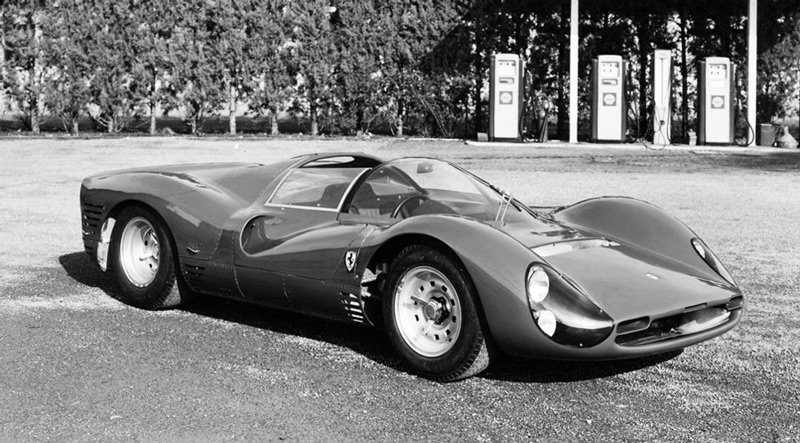
Following the dismal ’64 season, Ford brought in renowned racer and car designer Carrol Shelby (of the Shelby Cobra) to spearhead the refinement of the GT. The first thing Shelby did was jettison the 4.2L in favor of a 7.0L 427 cu. in. engine and a new ZF transmission. He also enlisted British racer Ken Miles to drive for Ford. The team posted a win at the Daytona 2000 in November of ’64 and then finishing 1-2-3 at Daytona the following February of ’65. That same year Ferrari posted its fifth straight victory at Le Mans. But Shelby’s team was building momentum, achieving another 1-2-3 finish at the 12 Hours of Sebring in March of ’66 and setting the table for the showdown with Ferrari at the ’66 Le Mans race.
The Photo Finish That Wasn’t
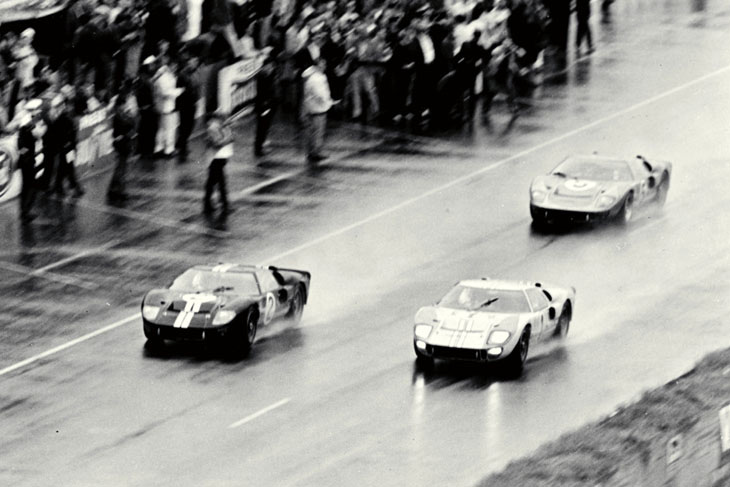
All the millions in R&D and years of concentrated effort were beginning to pay off for Ford. Their recent racing victories had them poised to take Ferrari’s crown at Le Mans. And that’s just what they did, with the GT40 Mk. II sweeping the top three spots with ease. Ferrari’s highest finish of the race was a disappointing 8th place.
But the finish to the race wasn’t without controversy. As Ford’s racers were so far in the lead, they had the opportunity for a further marketing coup by having a photo finish tie for their cars. Miles was instructed to slow down to allow the other two cars to catch up. But Ford was informed by race officials that due to the difference in starting position an actual tie wouldn’t be possible if the cars were finishing together (meaning Miles would be sacrificing his 1st place finish).
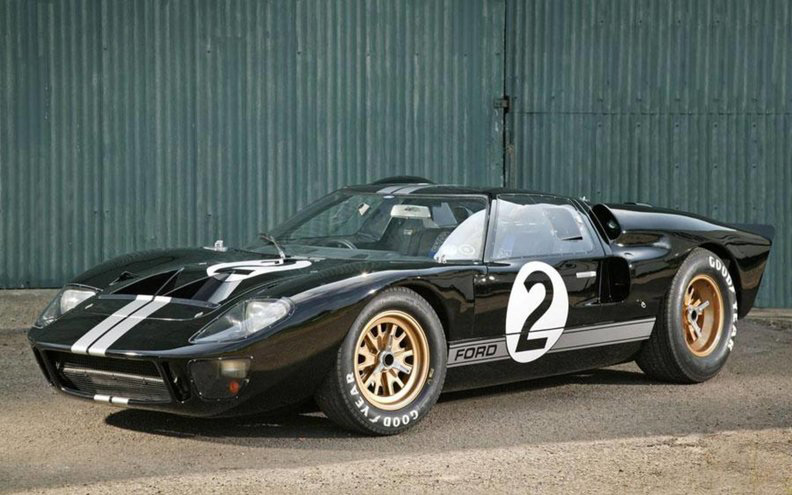
There are competing narratives as to what happened next. Some stories say that Bruce McLaren gunned his throttle at the last moment (breaking with Ford’s plan) in order to finish ahead of Miles. Other versions have it that Miles intentionally slowed down to prevent Ford from getting their photo-op finish over the perceived slight. Either way, Ford had done it. They bested Ferrari on their own turf.
Tragically, Ken Miles was killed in a wreck two months later while testing at the Riverside International Raceway in California.
Ford went on to win Le Mans again in ’67, ’68, and ’69.


